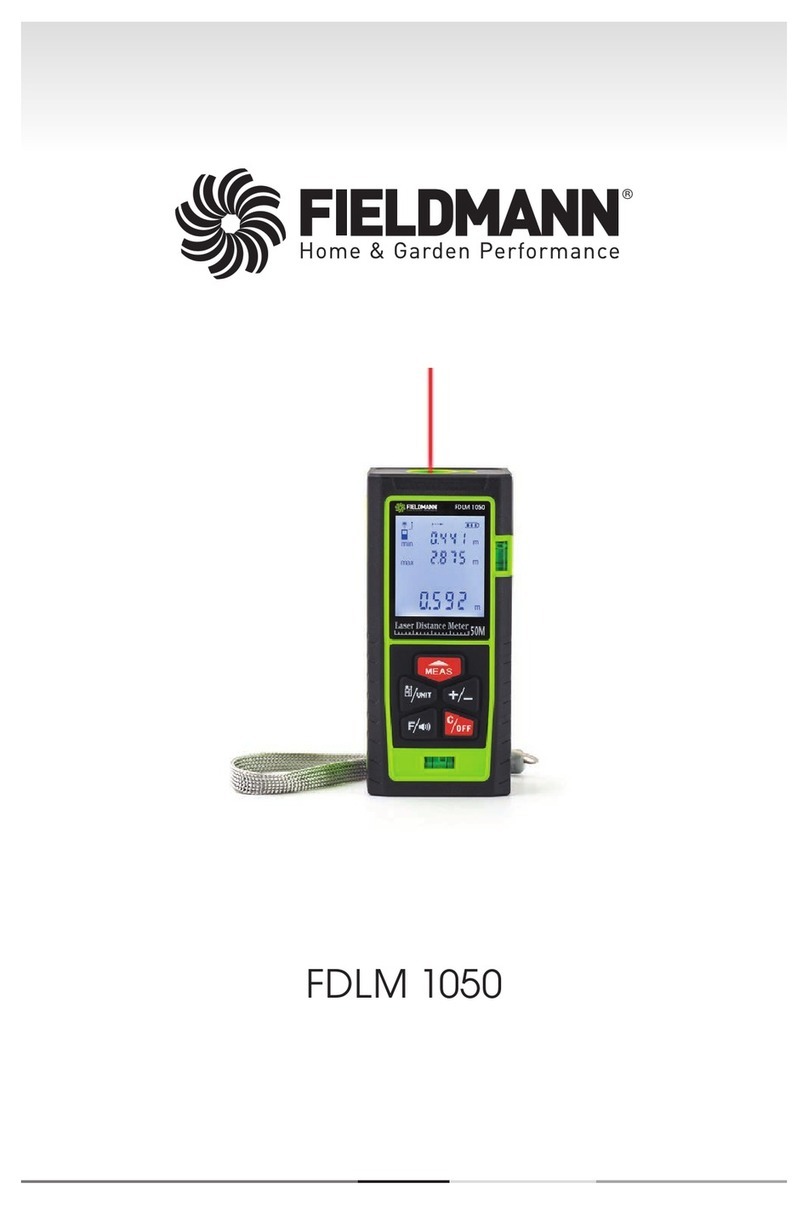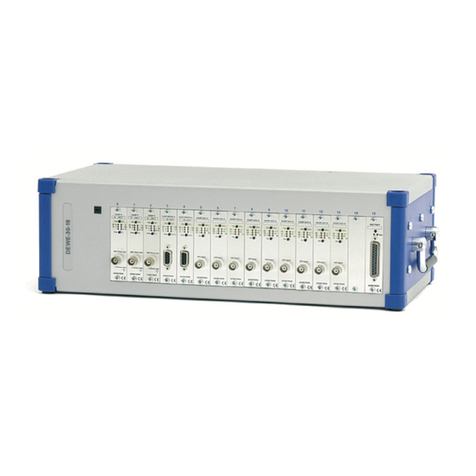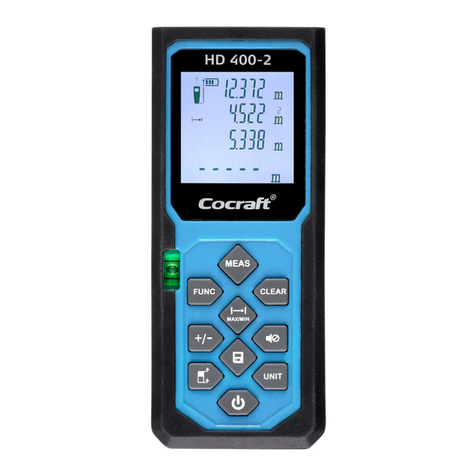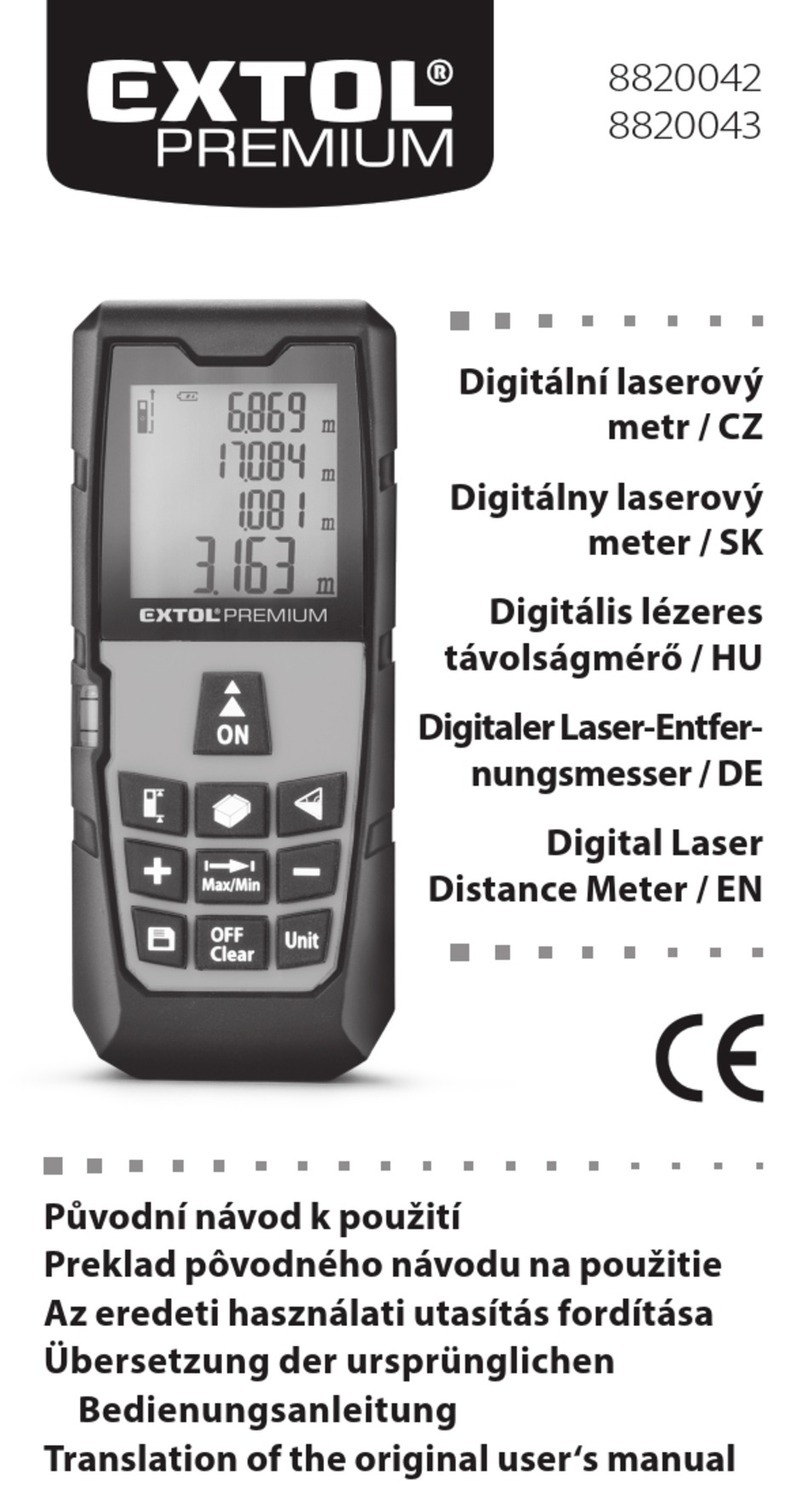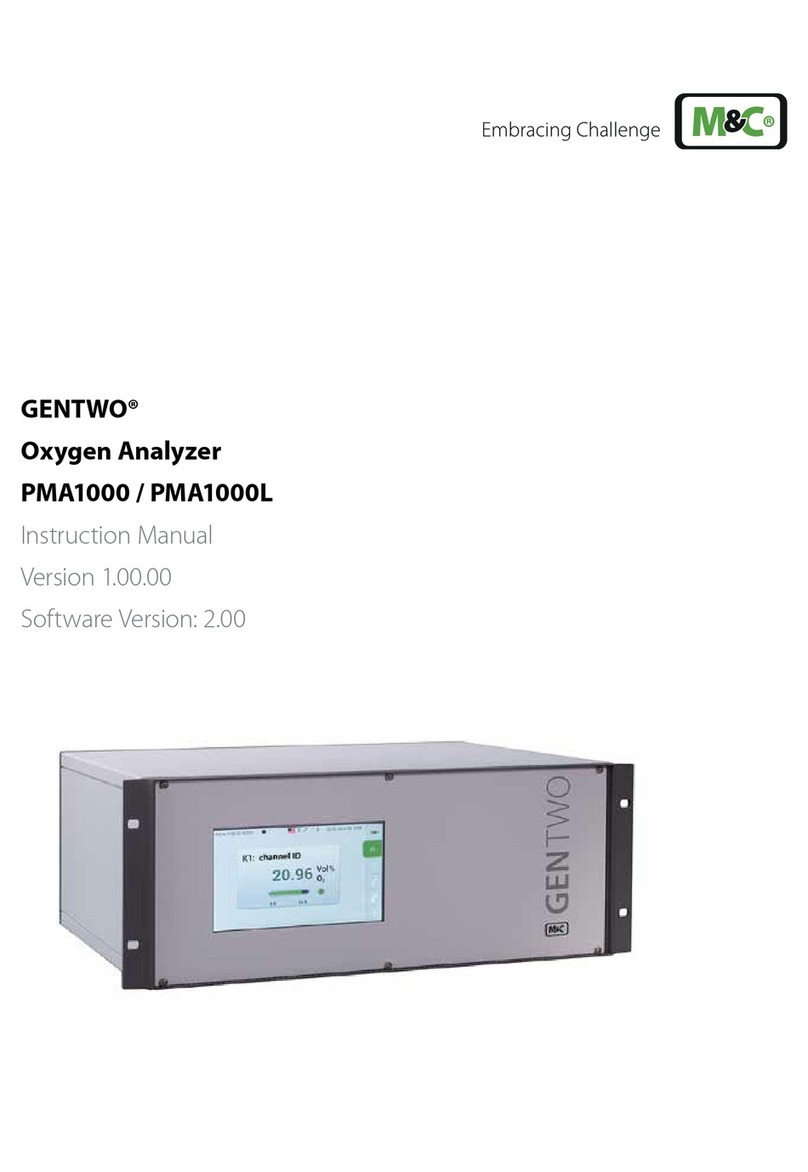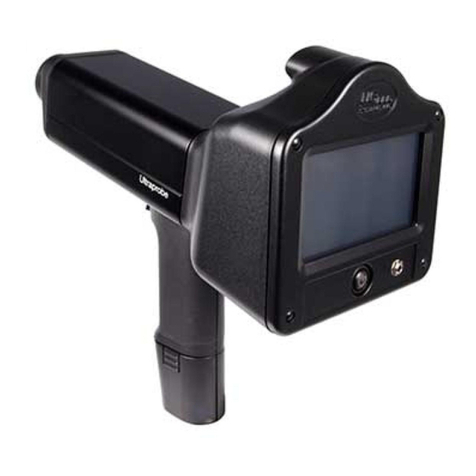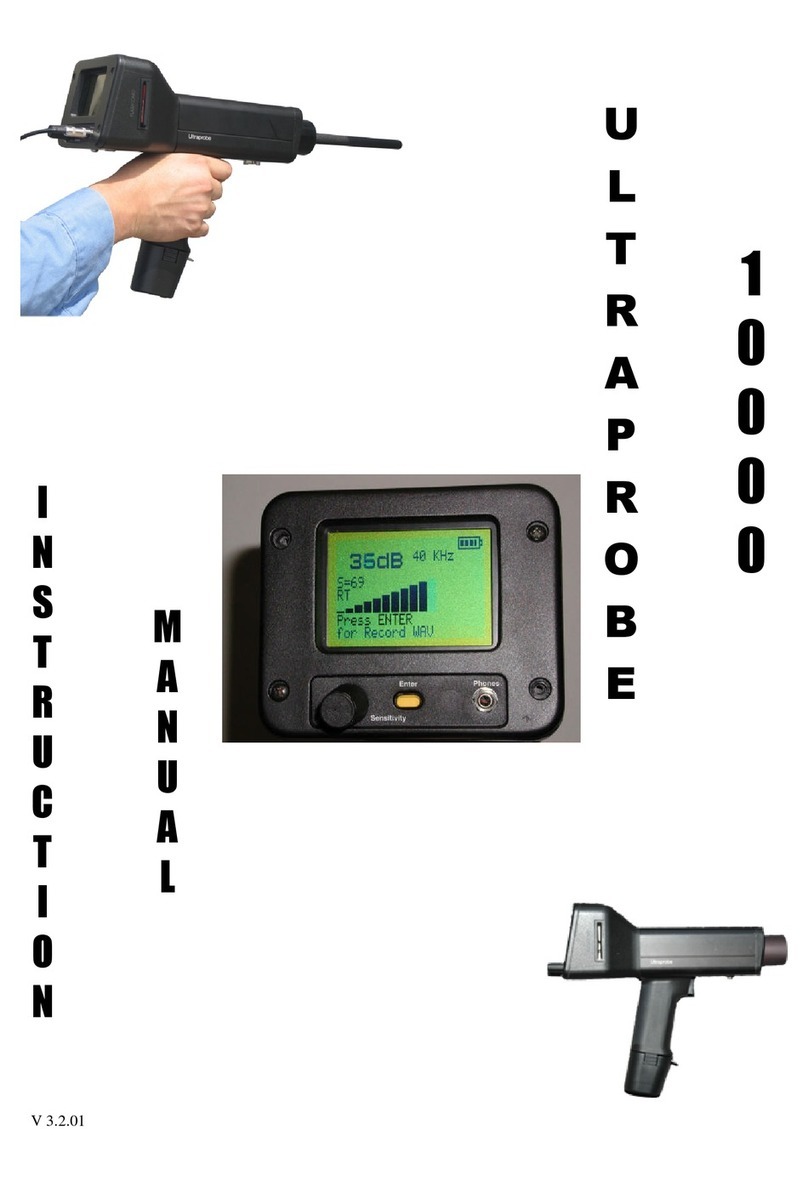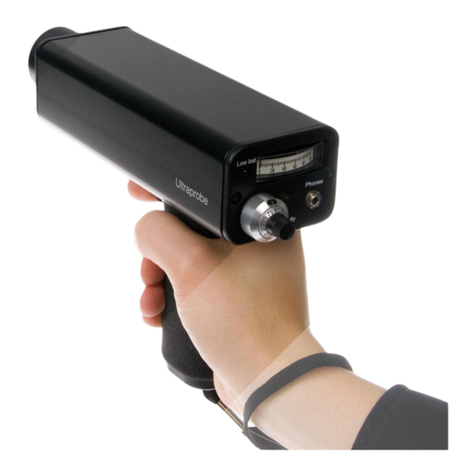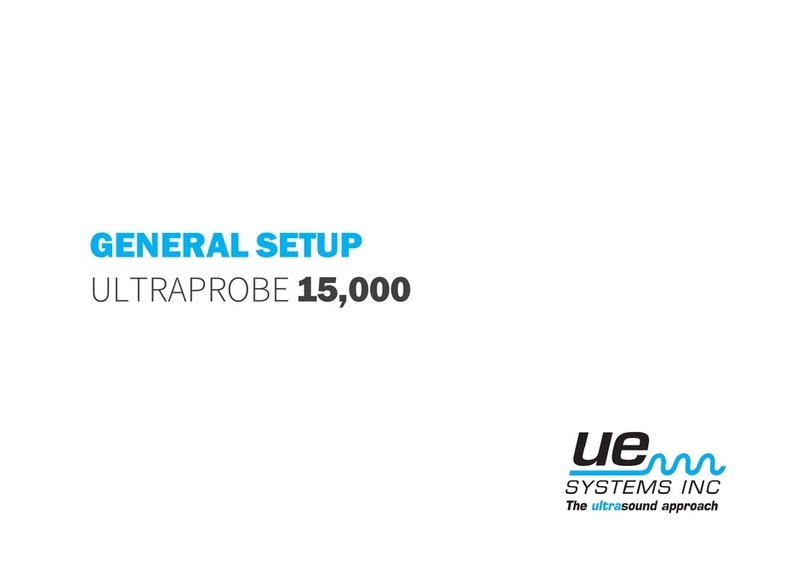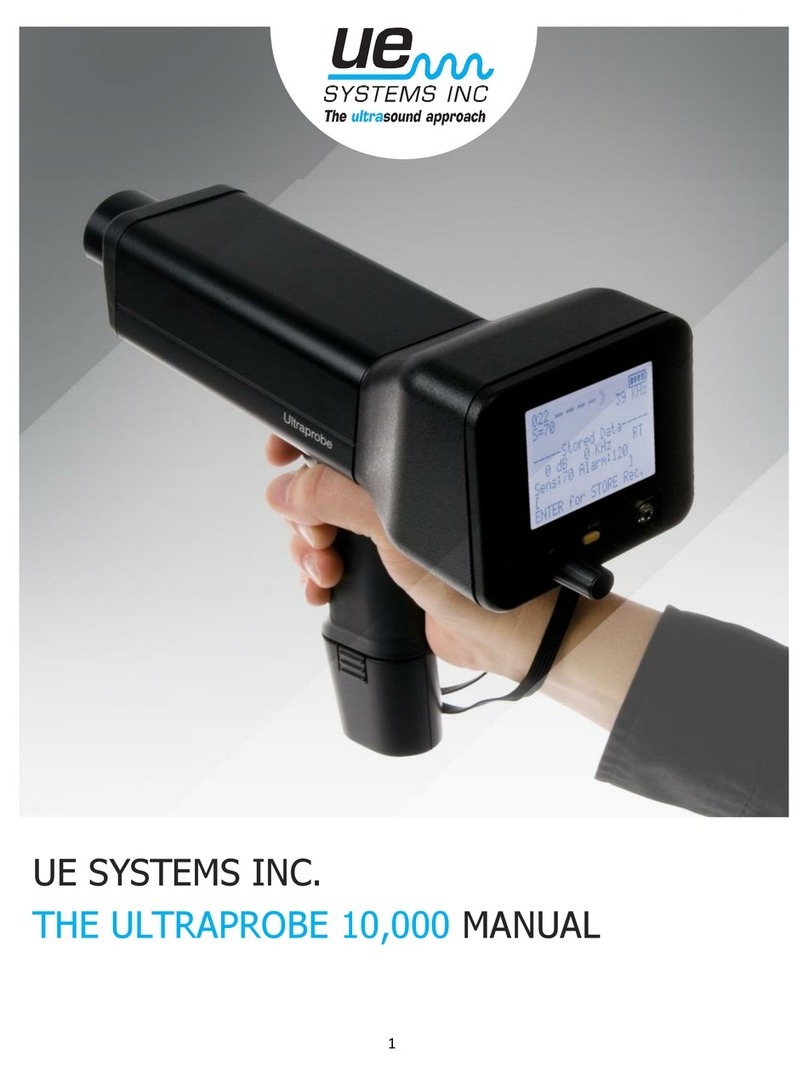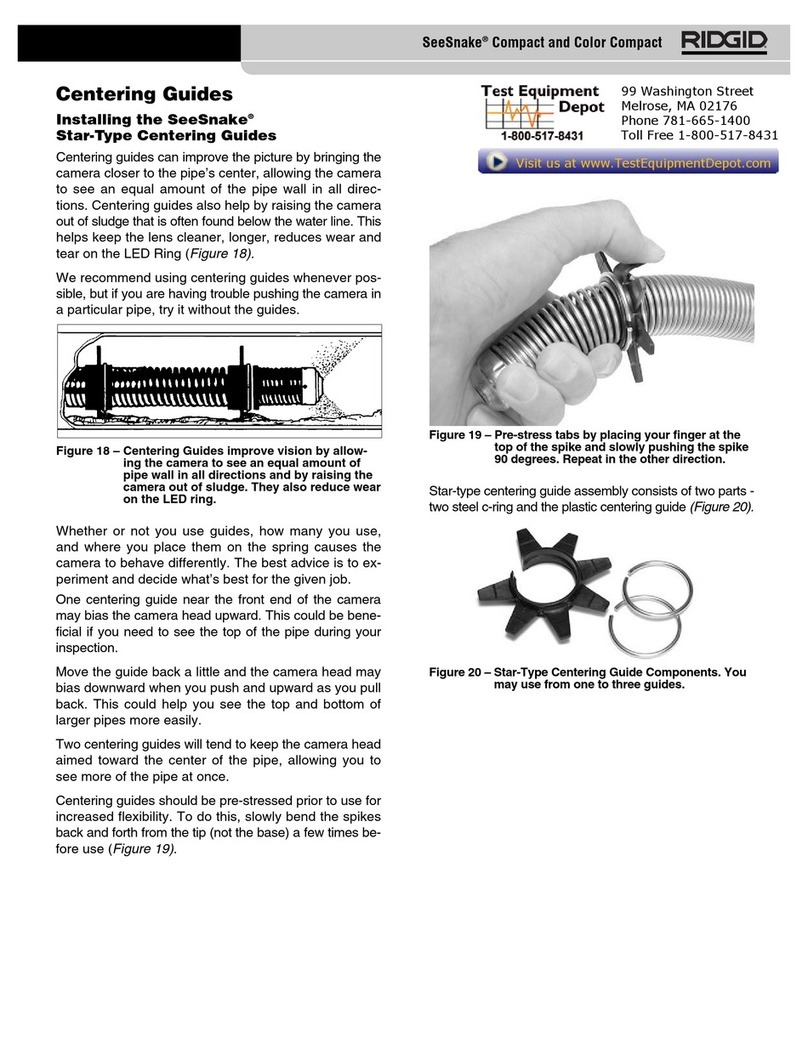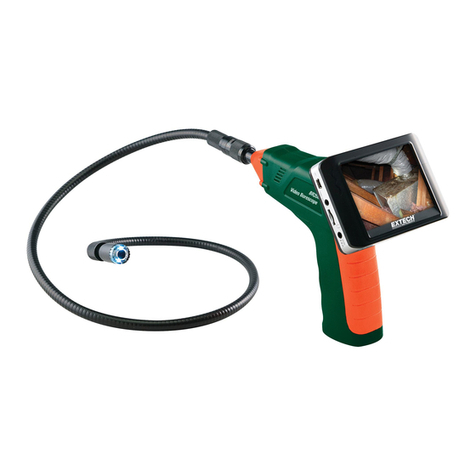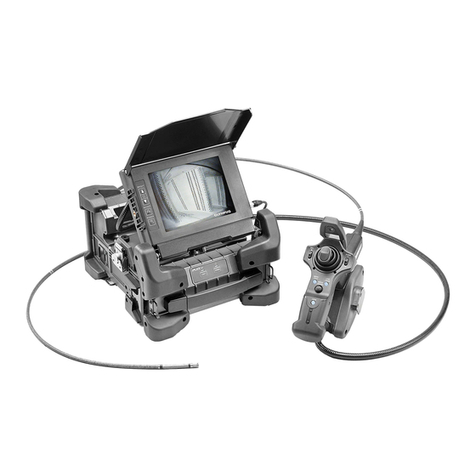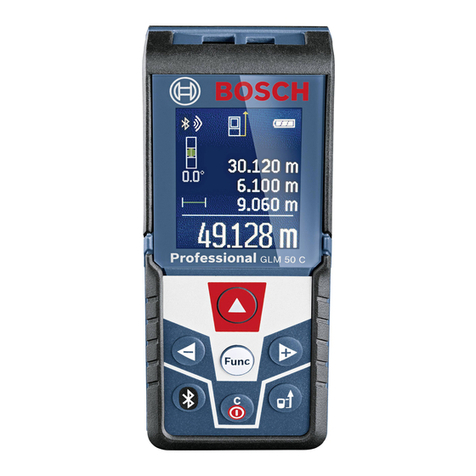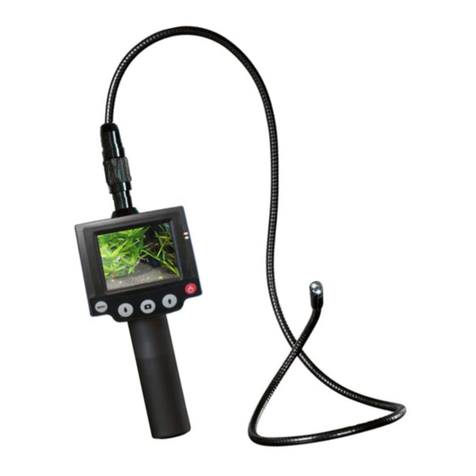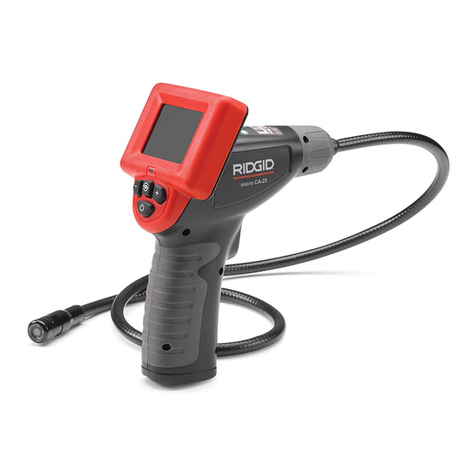
10/31/11
3. When a leak is found:
a. Hold the Ultraprobe so the tip of rubber focusing probe is about 12-15” away from the
leak point.While maintaining that 12-15” distance, point the Ultraprobe at the leak
from different angles until a maximum decibel reading is achieved on the display.
b. Save the maximum decibel reading in the Ultroprobe’s memory by pressing-in
(clicking) the Sensitivity dial while the trigger is pressed. The Record Number (1 to
400) will flash in the upper right corner of the Ultraprobe display. Click the Sensitivity
dial two more times to store the reading under the displayed Record Number.(The
record number advances automatically but can be manually changed by rotating the
Sensitivity dial.)
c. Repair the leak immediately, if possible.
d. If the leak cannot be repaired immediately, write the Record Number for that leak
(saved in the Ultraprobe) and your name and date on a tag and affix it to the leak
location so it can be found and repaired after the leak survey. You may also want to
take a picture of the leak location if you have a digital camera available.
Suggested info on leak tags:
e. For all leaks, write a description of the associated leak location and whether or not the
leak was repaired on your Compressed Air Leak Tracking Form under the Record
Number that corresponds to the record number of the Ultraprobe reading you stored in
its memory.
4. Continue scanning your compressed air system until all leaks are identified, stored in the
Ultraprobe’s memory, recorded on the leak tracking form, and repaired or tagged.
Download the leak data from Ultraprobe.
After you have performed your air leak survey, you can either return your Compressed Air Leak
Tracking Form and the Ultraprobe to your utility rep to download, or you can follow the
instructions below to do this yourself.
1. Install air leak software program (Ultratrend DMS) provided on the CD or download the
software from www.UESystems.com (in the Products/Software area of their site). The software
program estimates how much your air leaks are costing you.
2. Connect the Ultraprobe to computer using the USB cable provided in the Ultraprobe case.
3. Start Ultratrend DMS program.
4. Create Hierarchy:
a. Select File (from top menu bar) Create Plant
b. Step 1: Enter Plant Name
c. Step 2: Select Application Type Leak
d. Step 3: Enter Group Name (enter “leak survey (Month) (Year)”, example: “leak survey
Nov 09”)
e. Step 4: Select defaults by clicking the “next” button
f. Step 5 & 6: Select defaults by clicking the “next” button
g. Click the “Finish” button
h. Click “Yes” to save in default folder
Date:
Name:
(Remove tag after this leak has been rapaired.)
